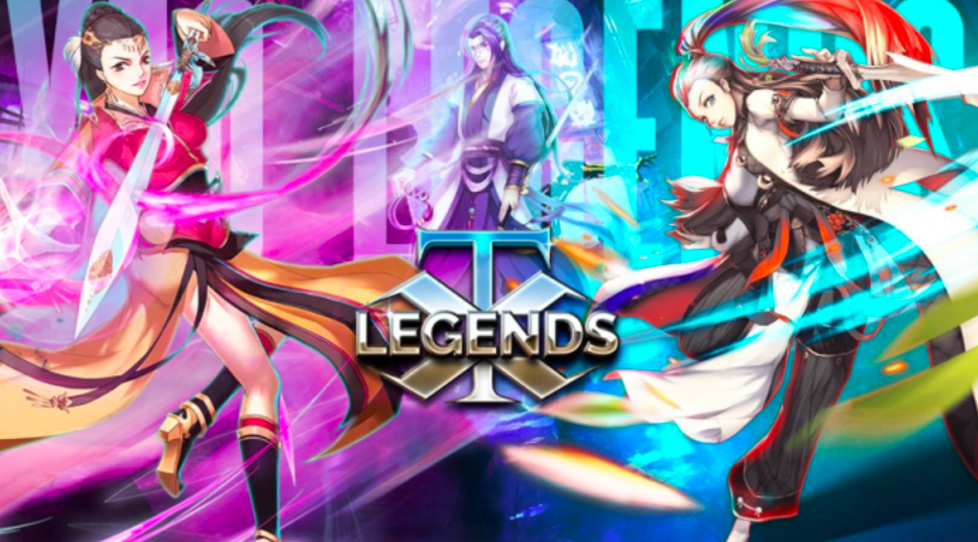- Play-to-earn games could bring digital identity, assets, and ownership into players’ hands as the gaming industry is becoming decentralized.
- This is how modern video games may introduce new paradigms that lend themselves to a wide variety of emerging digital environments and forms of value creation.
- These games are also spearheading a recent development: the increasing convergence of the physical and digital worlds.
In X10 Legends, players will be able to buy or collect various card packs of NFT loot boxes to obtain their favorite Chinese Martial heroes of different rarities. The combat power of the player is increased by upgrading the cards and card or joining clans. With a higher total combat power, players can also mine more rewards such as XTL and SHL, the game native tokens. This phenomenon is also known as “play-to-earn” in the blockchain industry.
Enormous growth of gaming industry, built on centralized systems of value
Today, almost 3 billion people around the world play video games, and there is an entire infrastructure around professional gaming— one that has created significant opportunities and wealth for top players. The very best of them are considered athletes: employed as salaried team members, sharing in prize money at tournaments, and commanding lucrative sponsorship agreements. Others monetize live streams of themselves by playing games on viewership platforms like Twitch or YouTube Gaming.
Video games now represent a $336 billion industry, according to BITKRAFT Ventures, accounting for a wide spread of software, hardware, and intellectual property. As gaming has grown to become the world’s largest media category ahead of linear TV, on demand entertainment, film, and music, certain characteristics have developed with it. Importantly, almost all game based economic activity is centralized, giving developers and publishers the rights to everything going on within their games. The business case for this is to capture the billions of dollars generated from the sale of in game content, digital items, and subscriptions—but it also means that the vast majority of players themselves have few ways to share in the value without following the route of professionalization.
This historically custodial model of ownership and profit sharing has persisted as the industry has grown—but it might be on the cusp of transformation, with the arrival of so-called ‘play-to-earn’ games. This type of video game allows players to ‘truly’ earn and own digital assets that they can then sell outside of the game at their own discretion.
Play-to-earn could bring digital identity, assets, and ownership into players’ hands
If individuals are to allocate serious time, attention, and personal investments to digital environments, establishing trust in the durability of their digital presence and goods—as well as their economic robustness—is paramount. Early implementations show that this is indeed achievable with blockchain technology, which, using cryptography, can ensure digital trust and a decentralized storage of value.
Blockchain is already being applied to a broad range of sectors from finance to art—and video games are no exception. Play-to-earn games rely on blockchain technology, including in the form of non fungible tokens (or NFTs), as the foundation for value creation. An NFT is a digitally secured claim of ownership for a unique, non interchangeable digital asset. In practice, NFTs can take many shapes inside virtual worlds: characters, items, land, decorative personalization features such as digital clothing, and more. People ‘earn’ the most valuable items by playing the game very well, and can sell them for real-world money at their own terms.
For now, it is worth noting that play-to-earn games do not inherently and fully eliminate the centralization found in games: they still require the authority of the publisher to define, issue and constrain the asset that eventually is traded as an NFT. Rather, the greatest promise of play-to-earn games is in their potential to decentralize marketplaces for the creation, ownership and exchange of digital assets, as well as the potential created when these marketplaces are connected to the traditional economy and fiat currencies—allowing players to transfer their digital time, effort and earnings into disposable income in the physical world.

